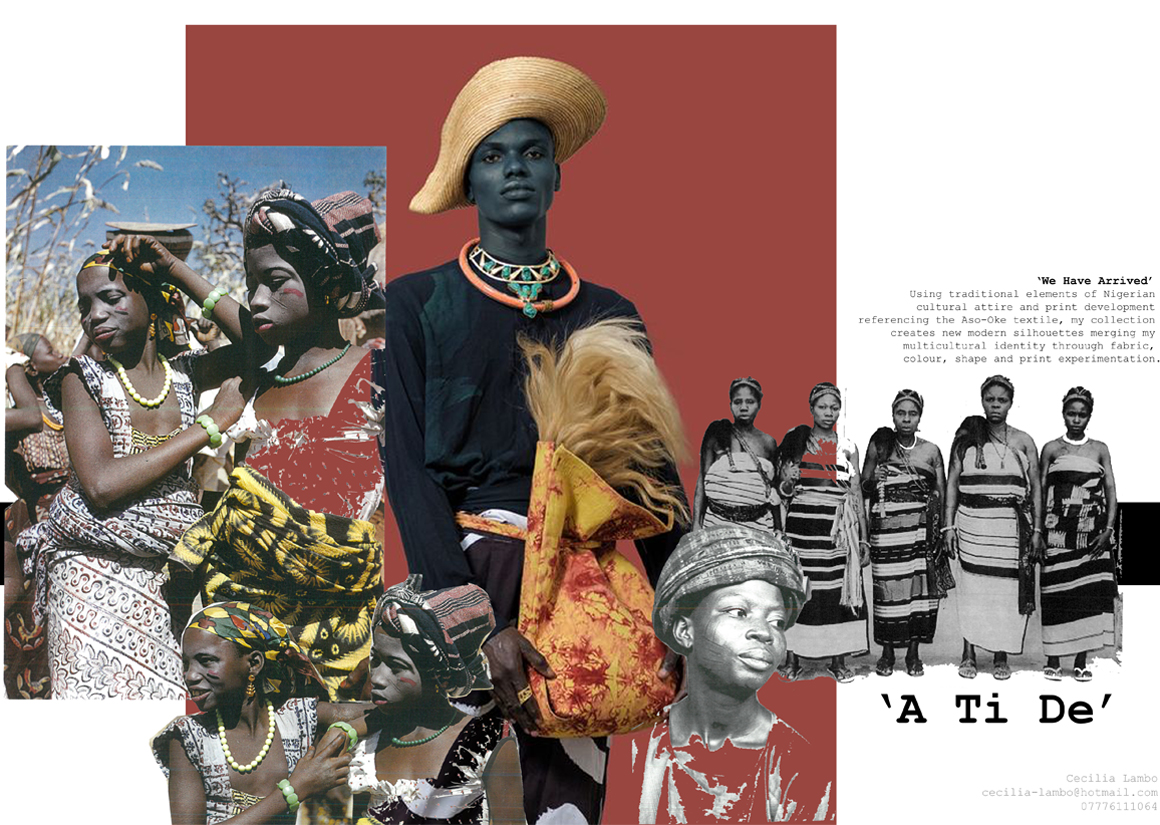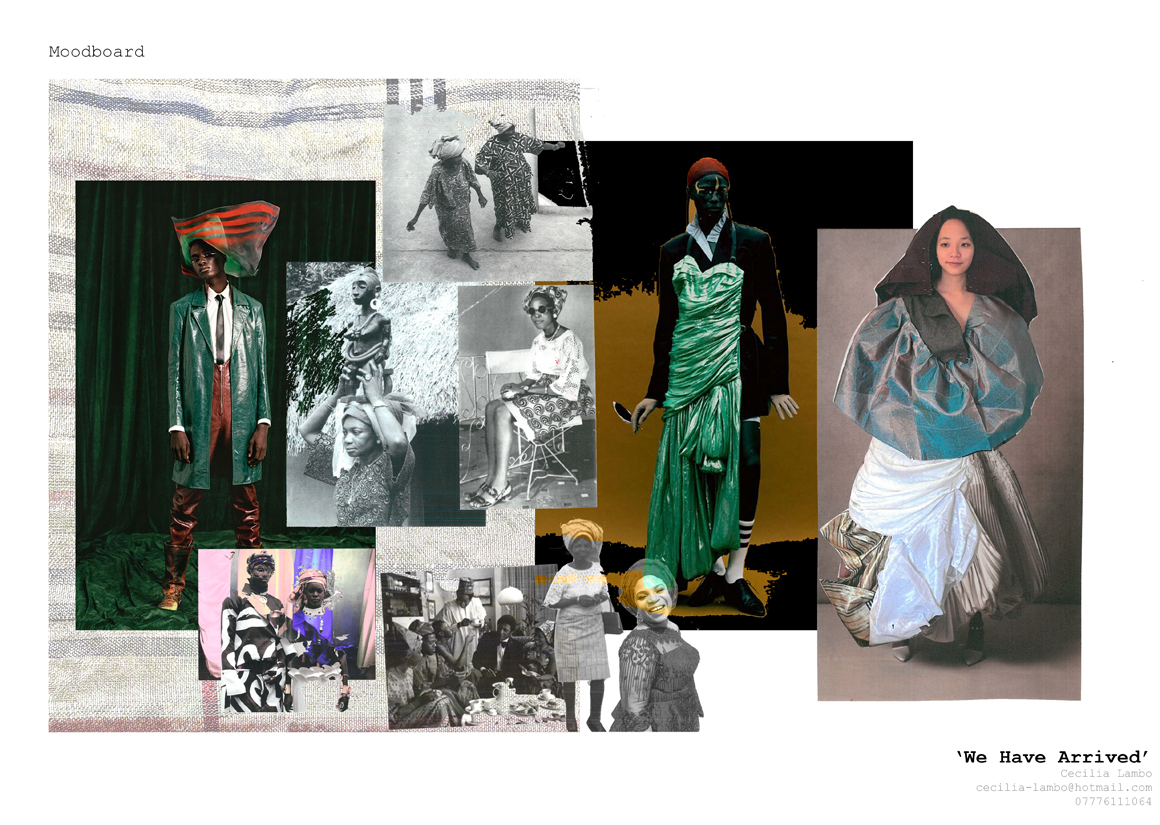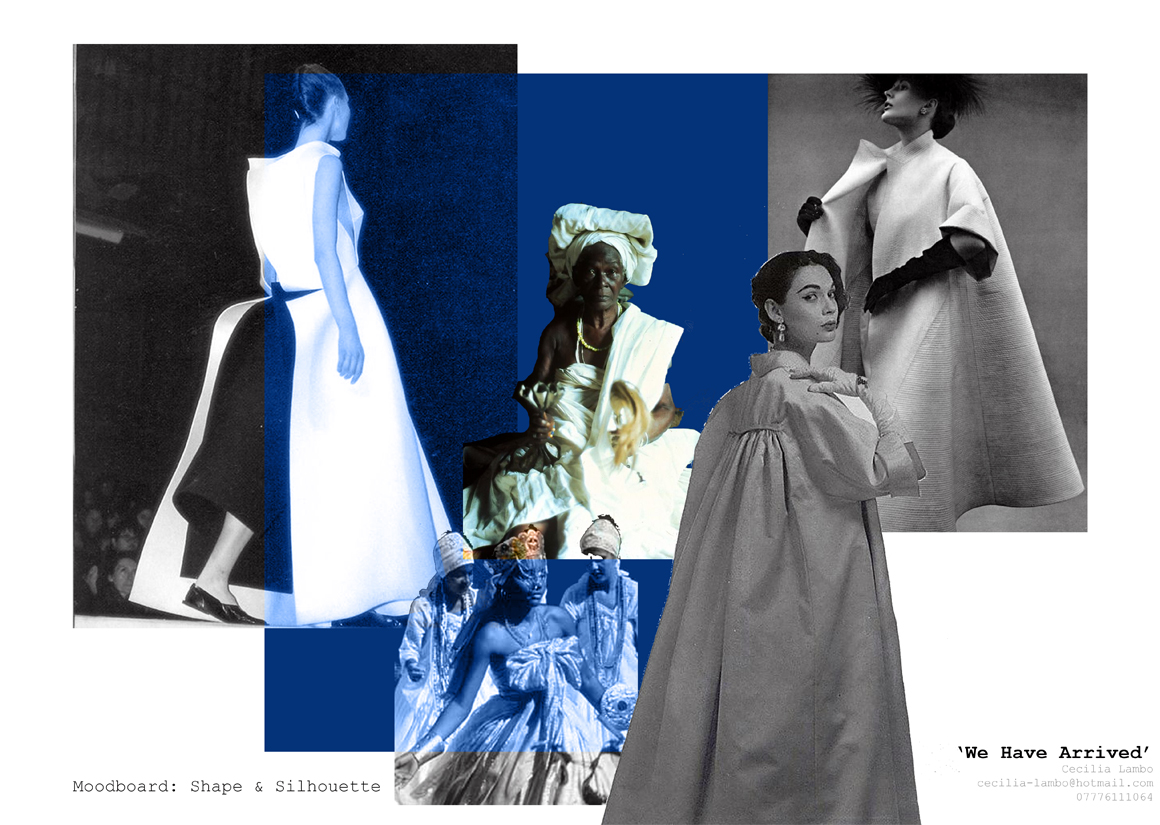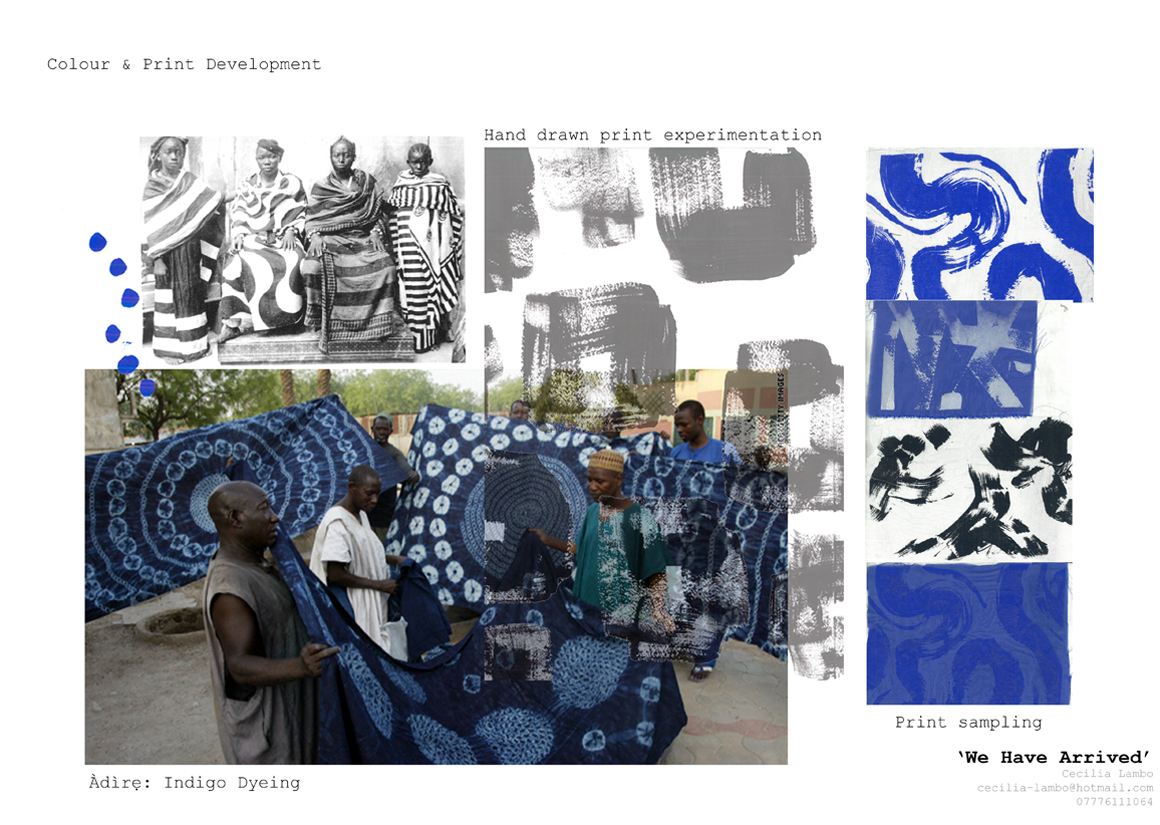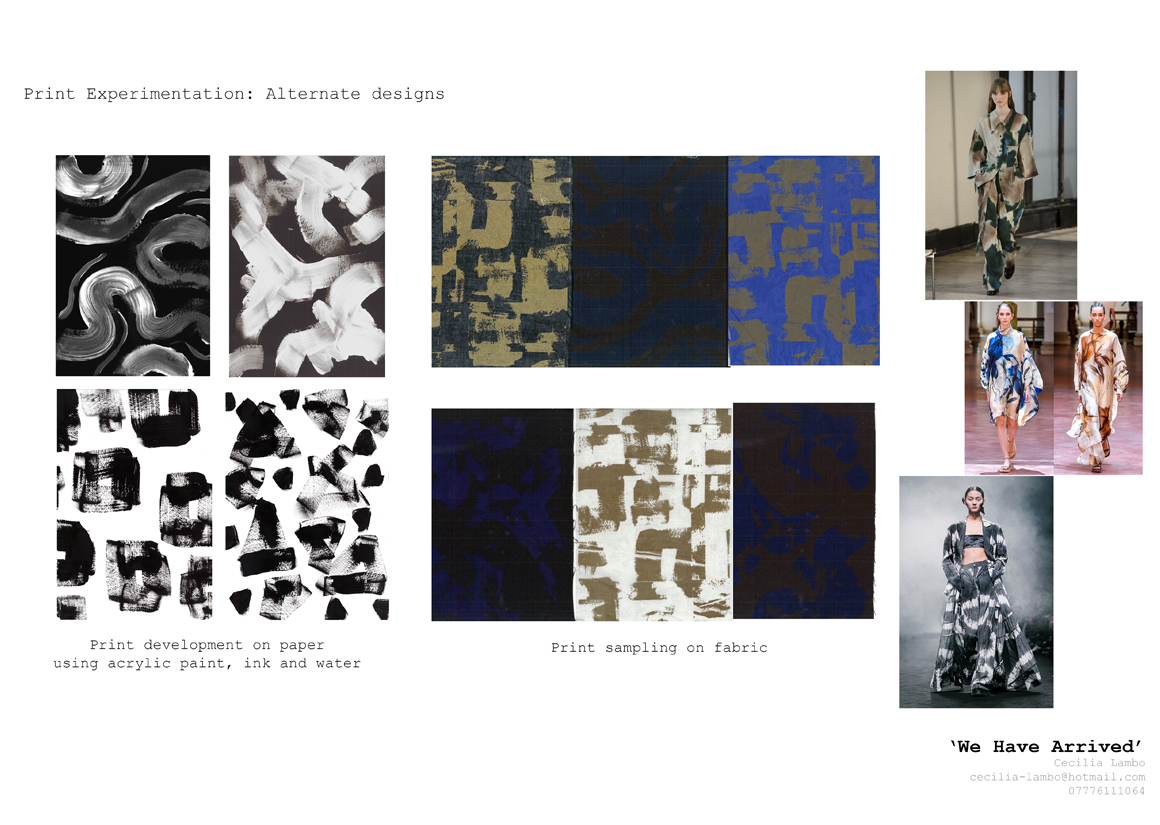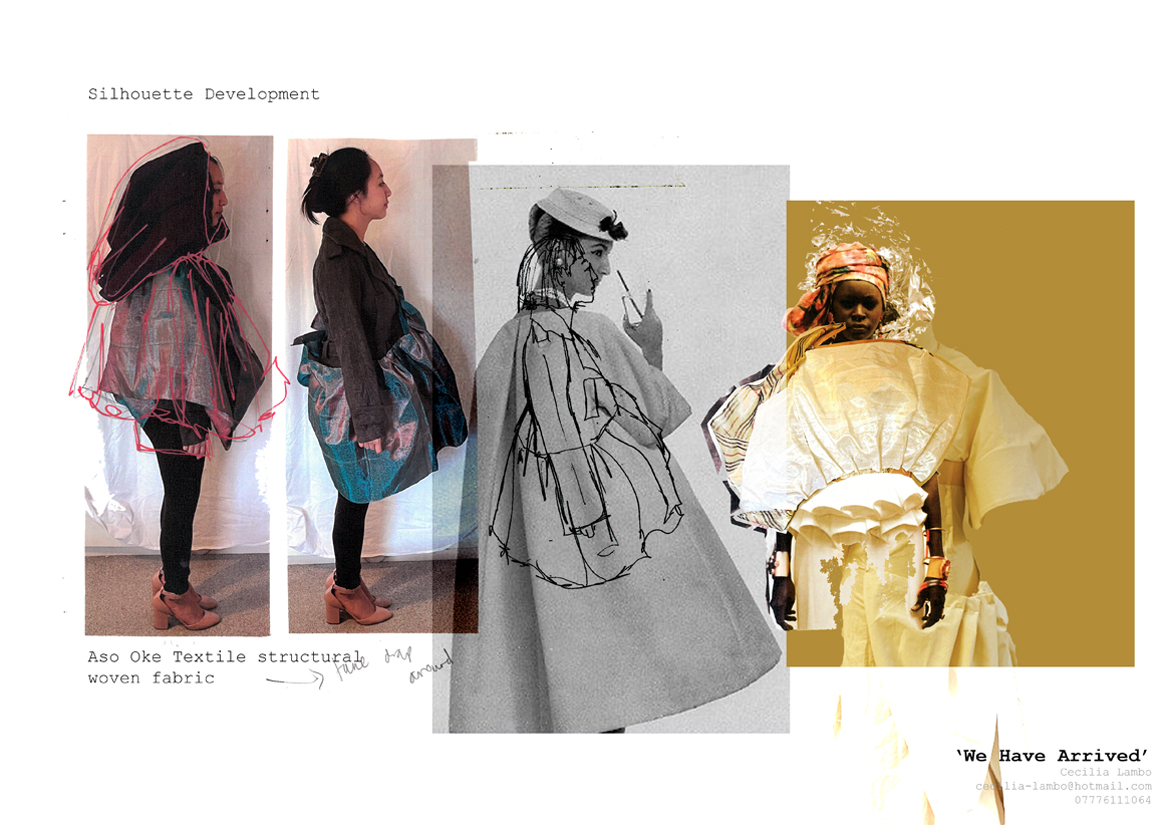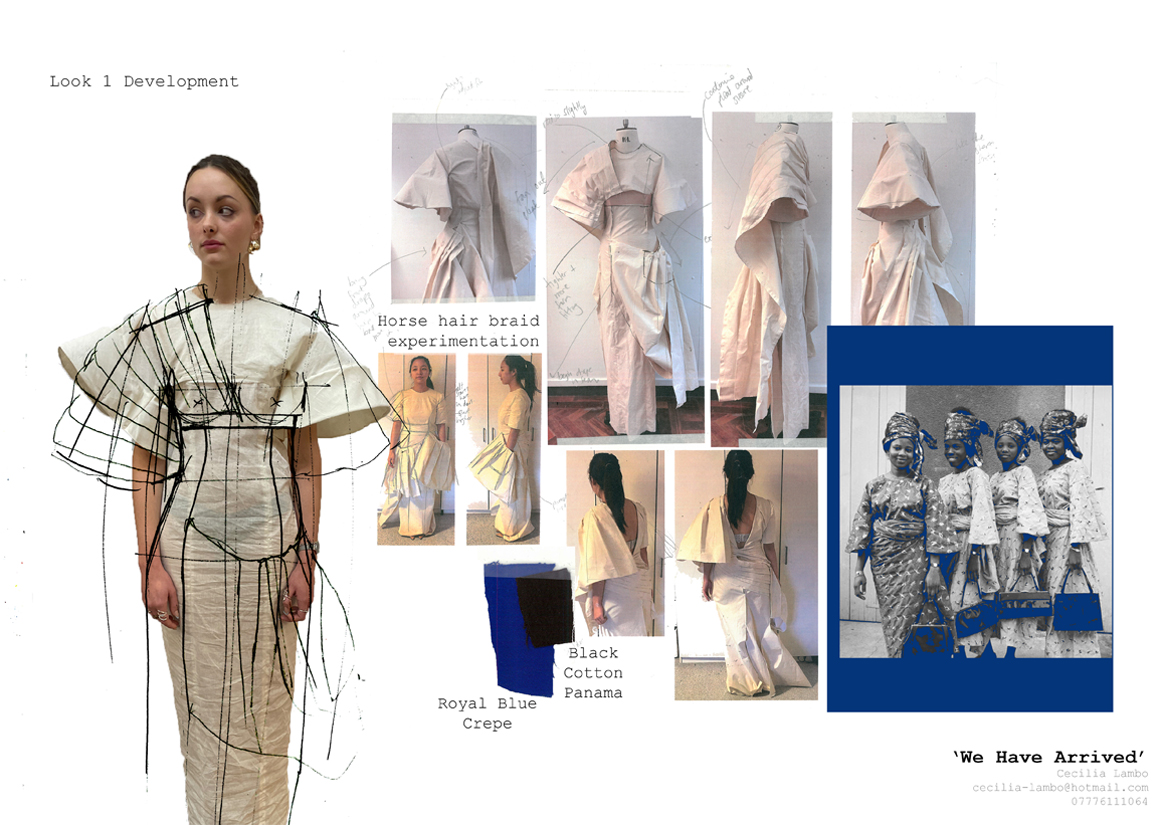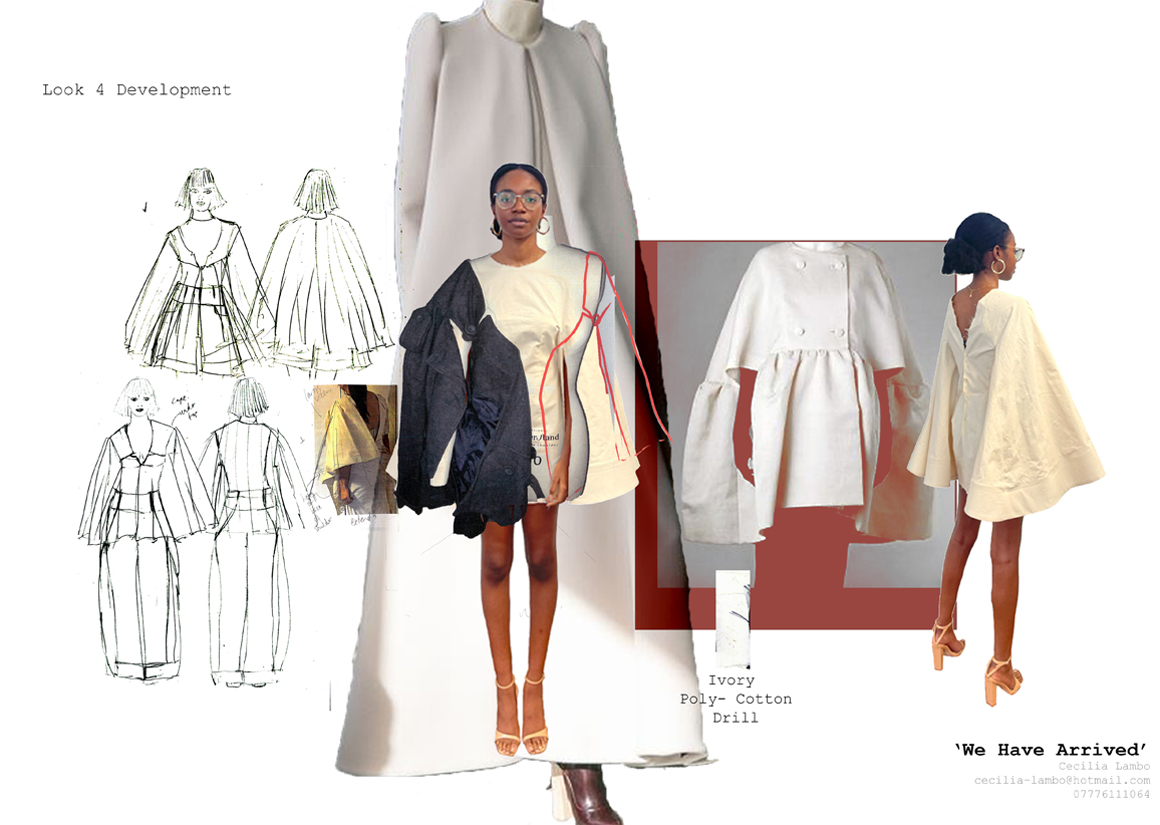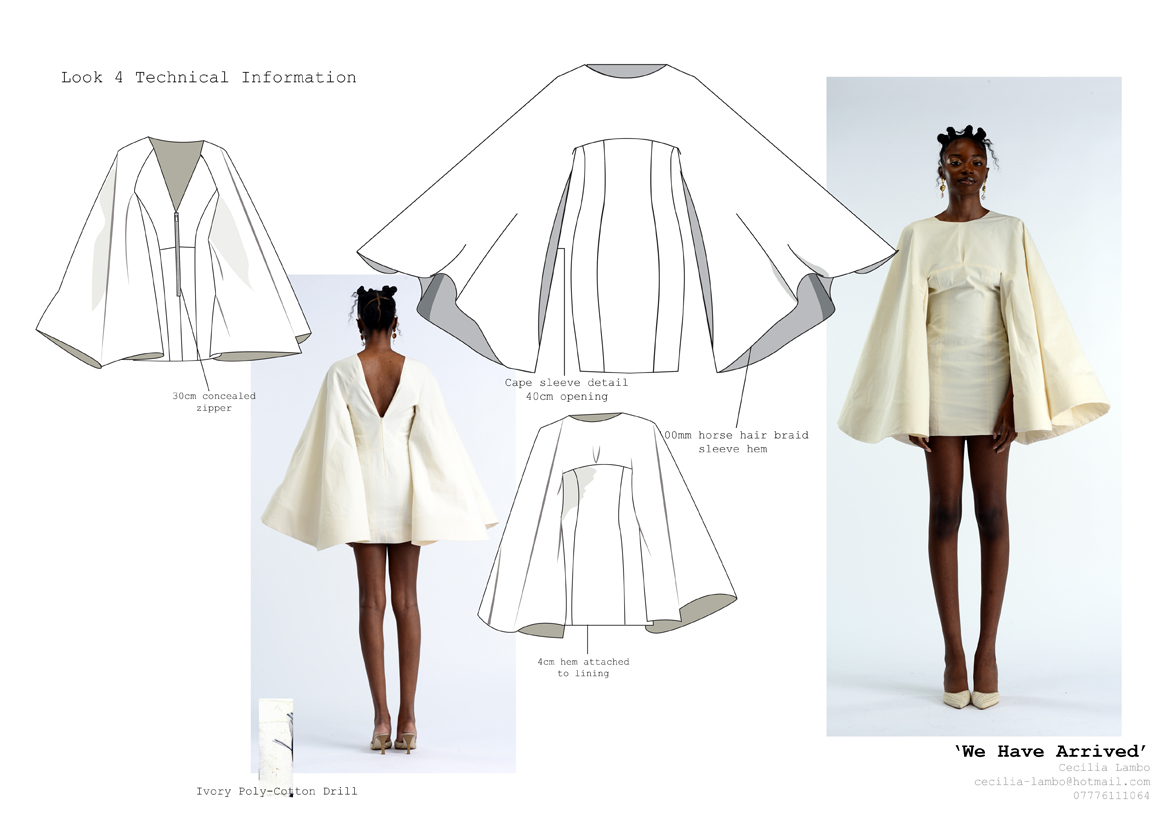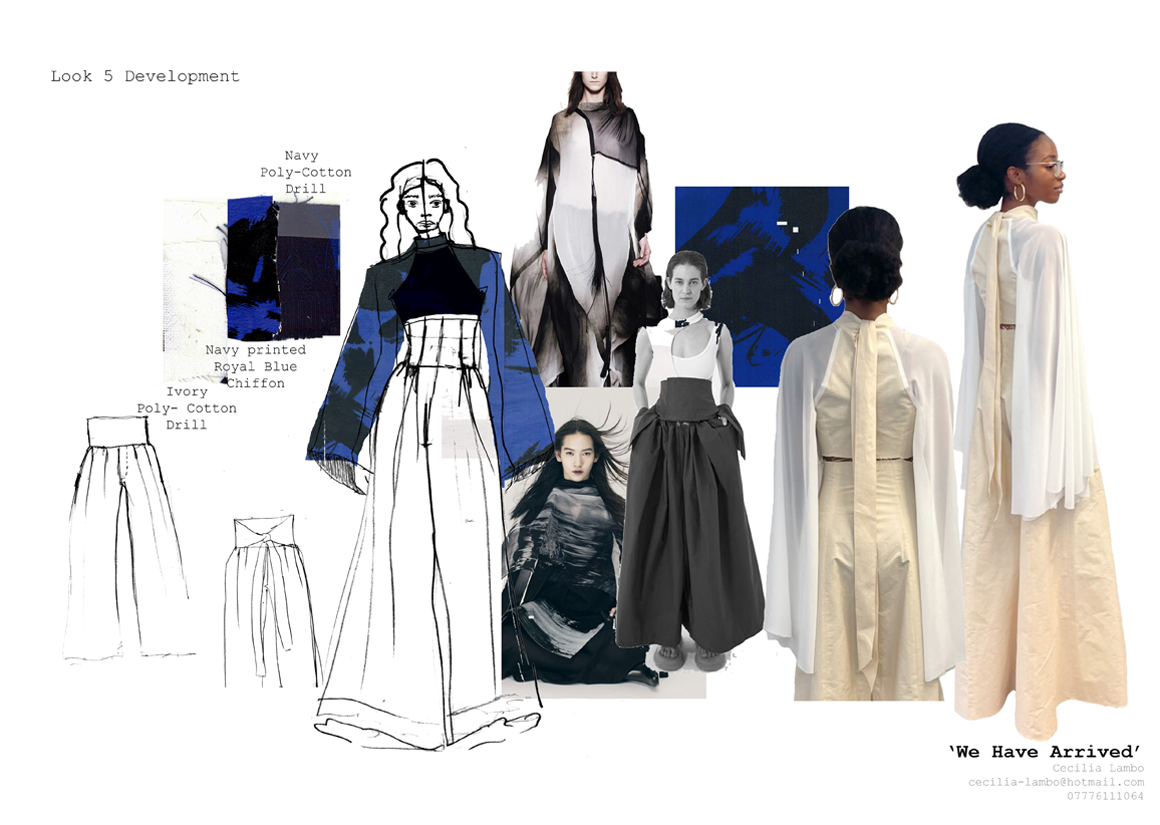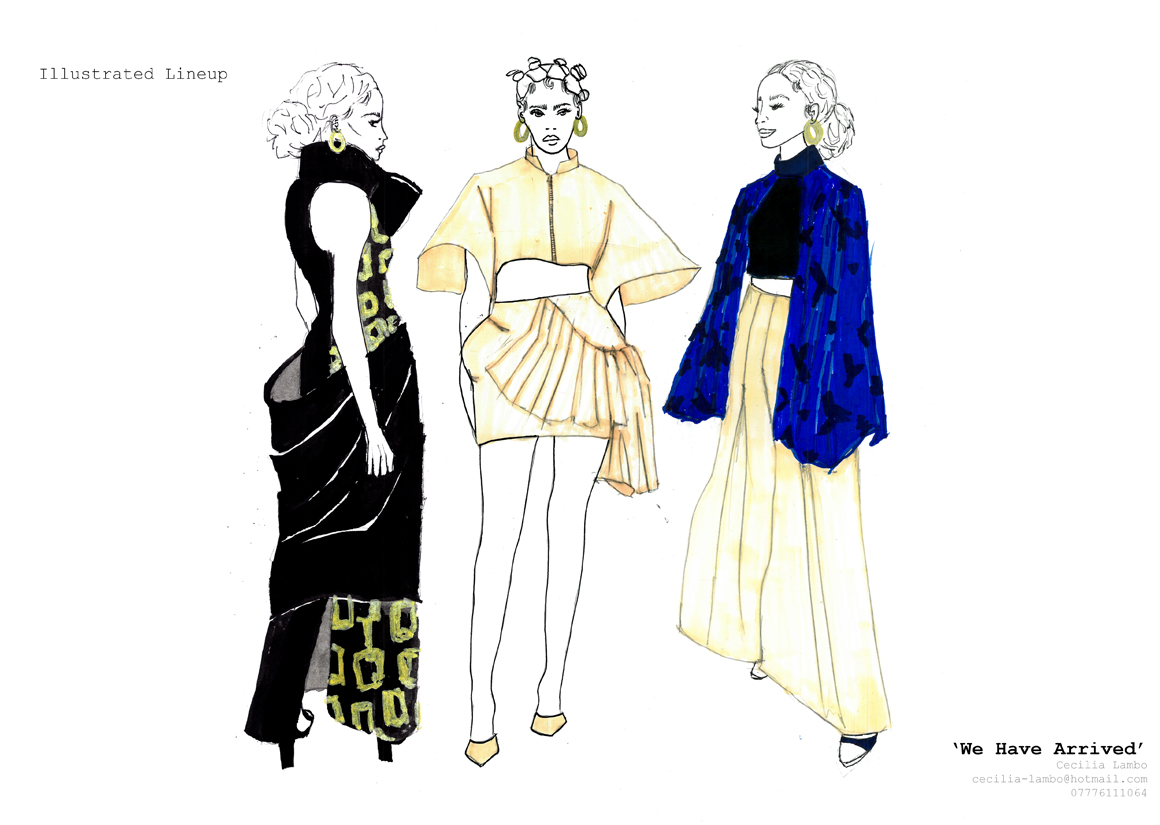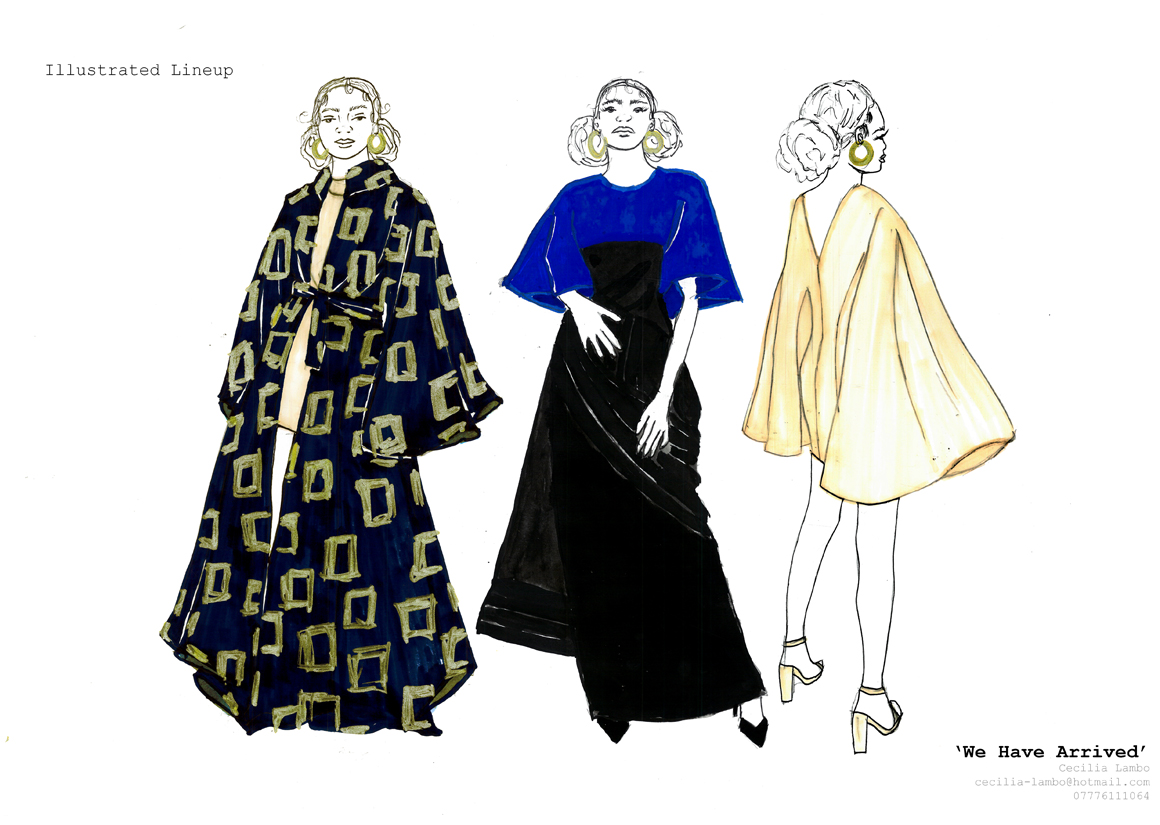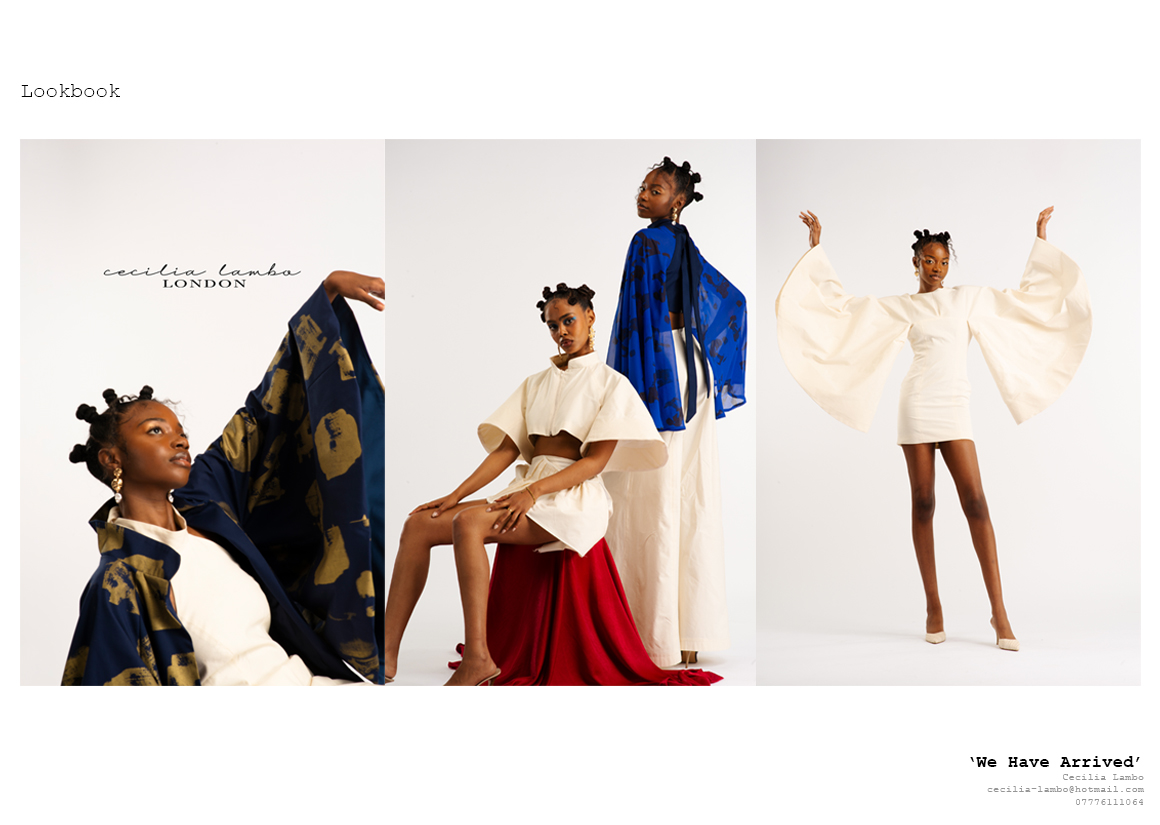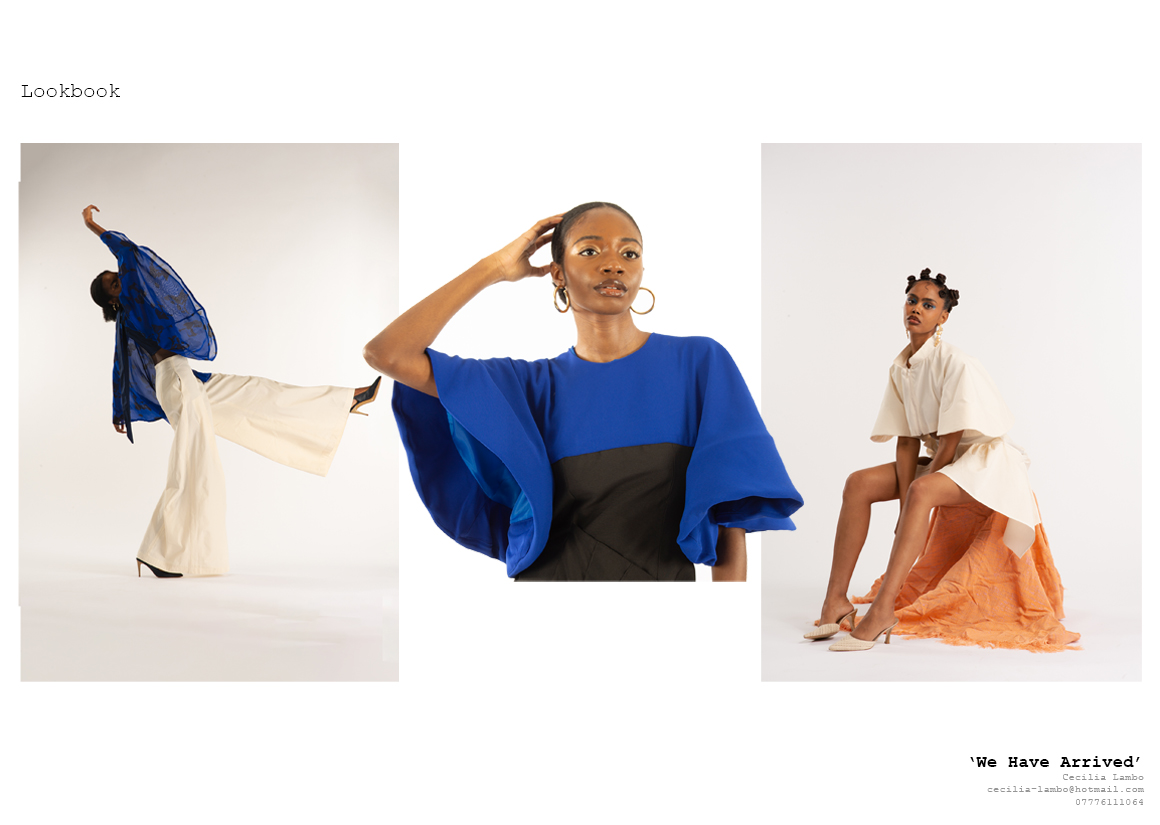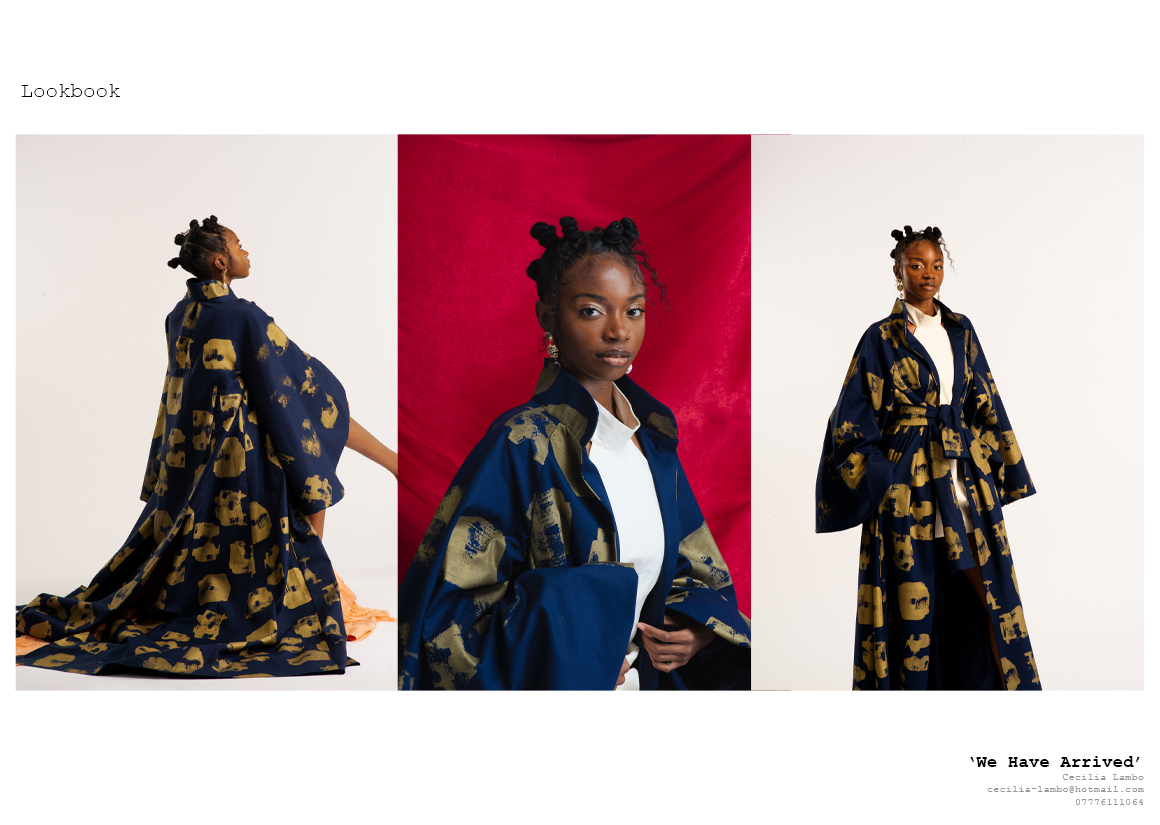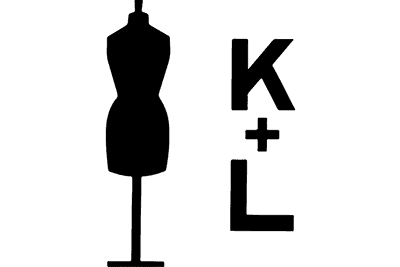
About Me
Hi, I'm Cecilia, a Fashion Design graduate from Kingston University!
Cecilia Lambo is a British-Nigerian fashion design graduate from Kingston University. Her design process centralises her personal heritage; using research of her multicultural identity alongside experimental design references to reinterpret traditional design elements.
Hybridity within fashion design is an important part of my design practice as it allows me to explore the multifaceted areas of my identity in relation to art, fashion and creative expression. Working in a way that uses tradition as fashion innovation allows me to authentically claim cultural identity and use it as inspiration; creating something new.
INSPIRATION
My initial research started with exploring and researching elements of my Nigerian culture.
Using family images, archival images and books to gain a wide scope of research regarding Nigerian and specifically Yoruba, Fashion, Textiles, Art, Music and Film was the foundation of my collection development. It allowed me to understand the visual richness of Nigerian culture in a way that could be experimented with, dissected and reinterpreted. The Yoruba Aso-Oke textile and the Adire textile were key focuses for my print, colour and silhouette development.
The Gele (Head tie) is constructed using the Aso-Oke textile; its pleats, folds and structural integrity inspired the pleated panels and use of Horse hair braid to create structure within my garments. The rich hues of indigo in the tie-dyed cloths (Adire) and organic shapes printed in the fabric became a statement colour featured in my collection. It was also influential in my print development process and resulted in the hand screen-printed geometric and organic print motifs used in my collection.
MY WORK
PORTFOLIOS
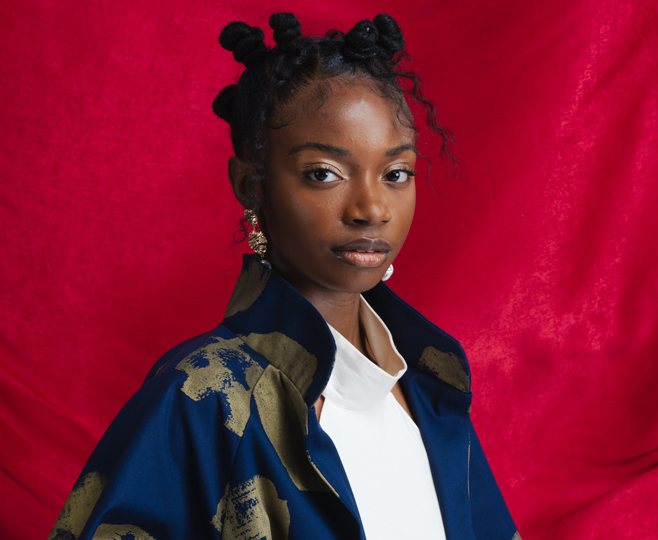
DETAIL
'We Have Arrived'
My collection is titled ‘We Have Arrived’ and is translated from the Yoruba phrase ‘A Ti De’. It plays on the idea of peacocking; commanding attention by expressing your authentic self as well as the journey of navigating identity as a person of mixed cultural upbringing within a fashion context. My graduate collection provided a way for me to rediscover traditional cultural Yoruba attire and experiment with print, voluminous silhouettes and colour to create new modern silhouettes. The process of developing this collection was also integral in defining and navigating my own design DNA and ways I can continue to establish my design practices moving forward.

